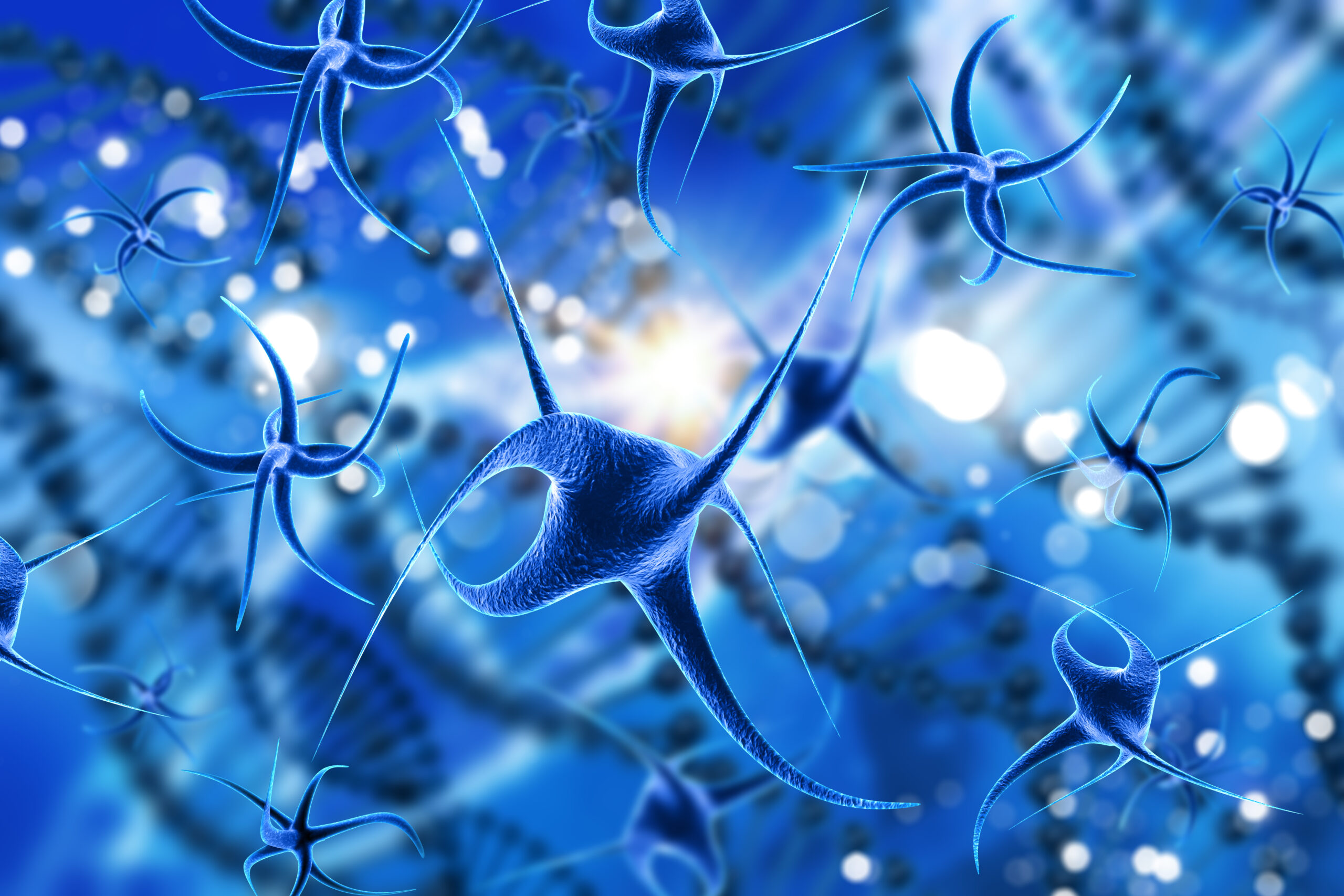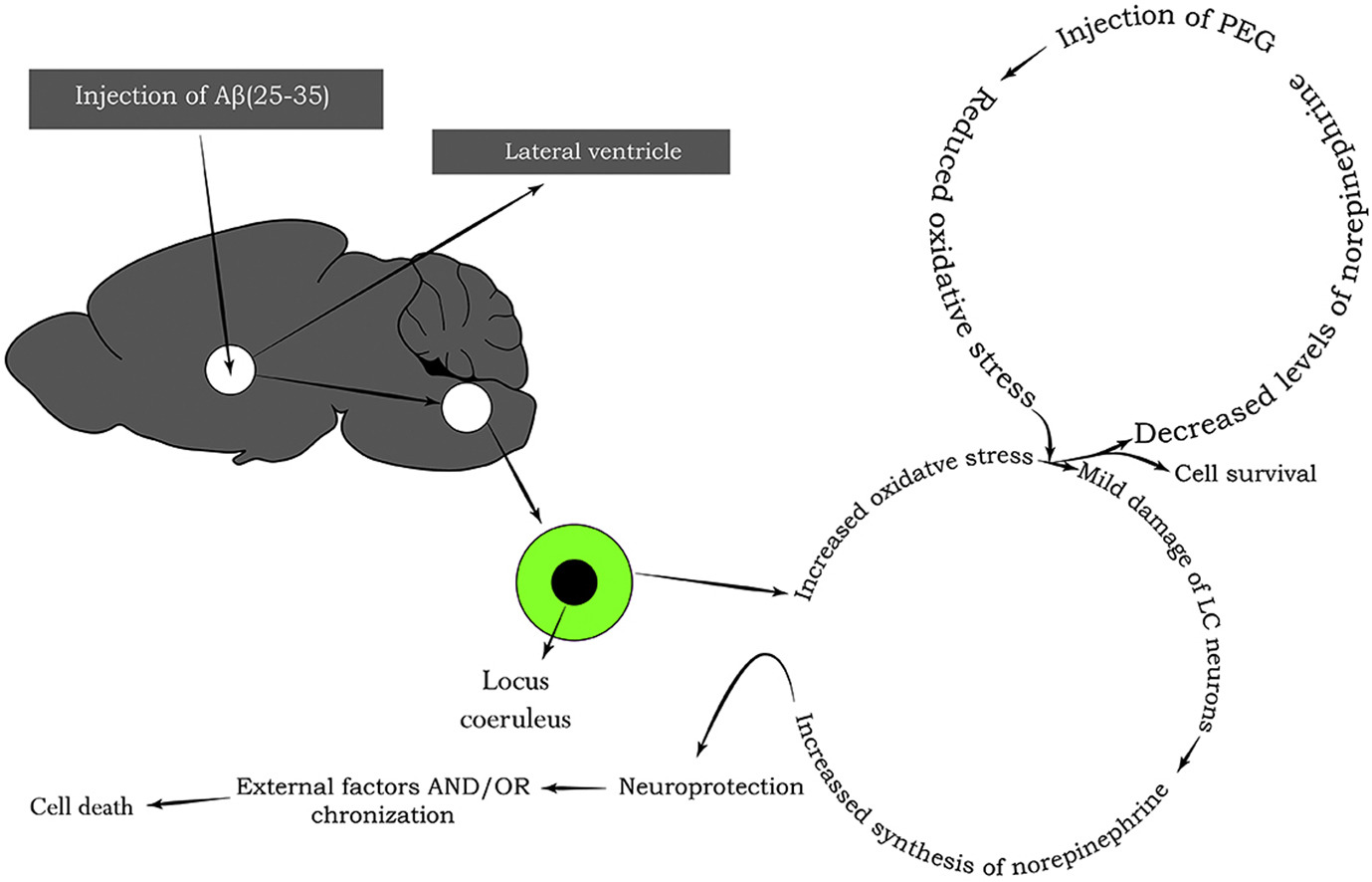
Our first video back in 2018…
5
JOURNAL ARTICLES
50
THOUSAND USD GRANTS RECEIVED
5
RESEARCH MEMBERS
Currently working on stroke research
We are working on the development of animal models of stroke to understand the intrinsic activation of brain defense mechanisms towards injury. For this we developed a close loop deep brain stimulation system to test the role of striatum stimulation on the behavioural changes after ischemic stroke.
-
Main findings:
Striatum stimulation alleviates post stroke tissue
damage.
- Striatum stimulation suppresses contralateral hemispheric activity
- Animals, who received stimulation, outperform control group in behavioural tests
A review and meta-analysis of stem cell therapies in stroke patients: effectiveness and safety evaluation
L Hovhannisyan, S Khachatryan, A Khamperyan , S Matinyan
Ischemia-Induced Neuronal Changes May Be Guided By Physical Activity
Matinyan S.V., Hayrapetyan L.M., Ghandilyan E.A., Anastasyan R.A., Khachatryan V.V., Harutyunyan T.A, Minasyan E.A., Khanperyan A.Kh.
Alzheimer’s disease-like pathology-triggered oxidative stress, alterations in monoamines levels, and structural damage of locus coeruleus neurons are partially recovered by a mix of proteoglycans of embryonic genesis
Aghajanov M, Chavushyan V, Matinyan S, Danielyan M, Yenkoyan K.
Embryonic proteoglycans regulate monoamines in the rat frontal cortex and hippocampus in Alzheimer’s disease-like pathology
Embryonic proteoglycans regulate monoamines in the rat frontal cortex and hippocampus in Alzheimer's disease-like pathology.

